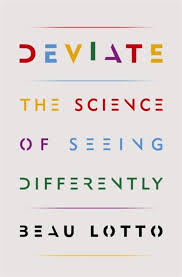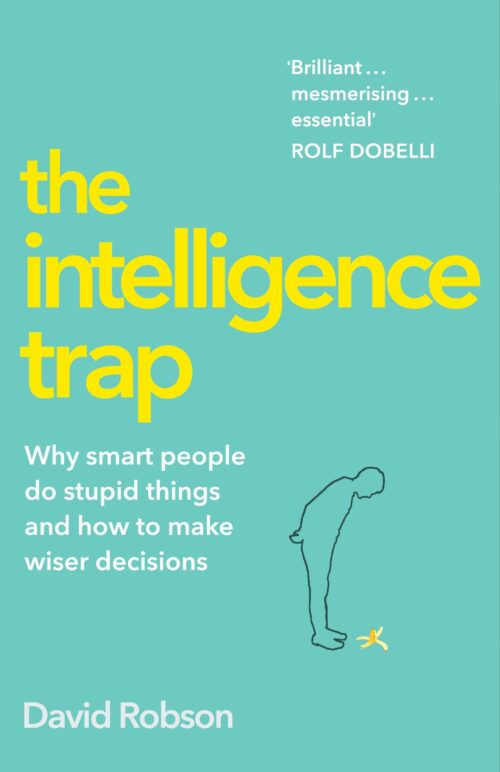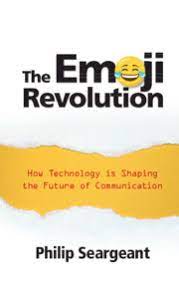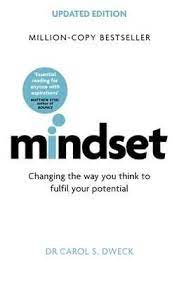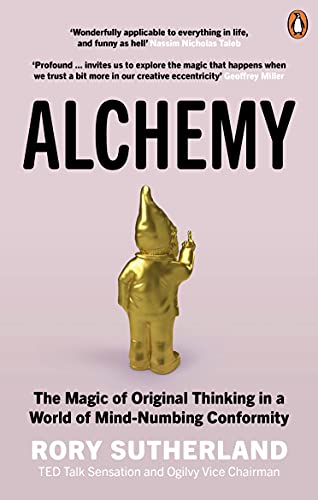If you want to know more about the psychology of perception, then Deviate is a good place to start and a good companion to Richard Gregory’s writing. Beau Lotto takes us through many of the quirks of perception, focusing on visual perception, and what it tells us about the role of our senses in evolution. I took three key themes from this book and one overall lesson.
We don’t perceive (see) reality
In fact, our brains did not evolve to see reality, they evolved to help us survive. Beau Lotto argues persuasively that seeing (perceiving) accurately is not a prerequisite of survival and in many cases might be a barrier to it. We see what we need to see to help us get through life, nothing more and nothing less.
Illusions such as the rubber-hand illusion show us that perception is just a very effective way for our brains to process reality in meaningful ways that help us understand how our bodies interact with our environment. Evolution is not interested in reality, only in resilience, robustness and the ability to further optimize through evolution.
We sense the changes (differences) in things, not things in themselves
Perception is adaptive. That’s why different animal species “see” different things. I didn’t realize that reindeer can see ultraviolet light. It helps them see surfaces that don’t reflect light in the way that snow and ice do. Such surfaces are likely to be sources of food like lichen.
Reindeer aren’t the only animals to see ultraviolet light as bumblebees can too. More importantly, even humans can learn new “senses”, such as the example of a blind person learning echolocation (which bats use). They learnt to use their tongue to make clicking sounds, listening to the reverberating sounds around them to learn about the shape of the environment. That’s real adaptation.
Culture shapes perception
Experiments have shown that people from Western cultures have different eye movements than those from Asian cultures. Beau Lotto writes, “Culture effects the way people move their eyes to extract information in their visual world”. Asians do this more holistically, whereas Westerners do this more analytically.
For example, there is no difference in the ability to recognize faces, but there are differences in the way faces and other information are processed. Western cultures focus on discrete elements or “salient objects”, in line with a more individualistic culture. Asian cultures put higher value on groups and collective goals, and therefore are drawn to a “region” rather than specific features on a face. On average, this tends to centre on the nose, while Westerners look more specifically at eyes and mouths.
The key lesson is to be skeptical
In summary, Deviate should make you question your assumptions about what you perceive about the world around you. Don’t always believe what you see or experience. It could just be that what you see is only important, not real.


